As retractable Awnings become increasingly popular, here are a few Retractable Awnings FAQs that may…
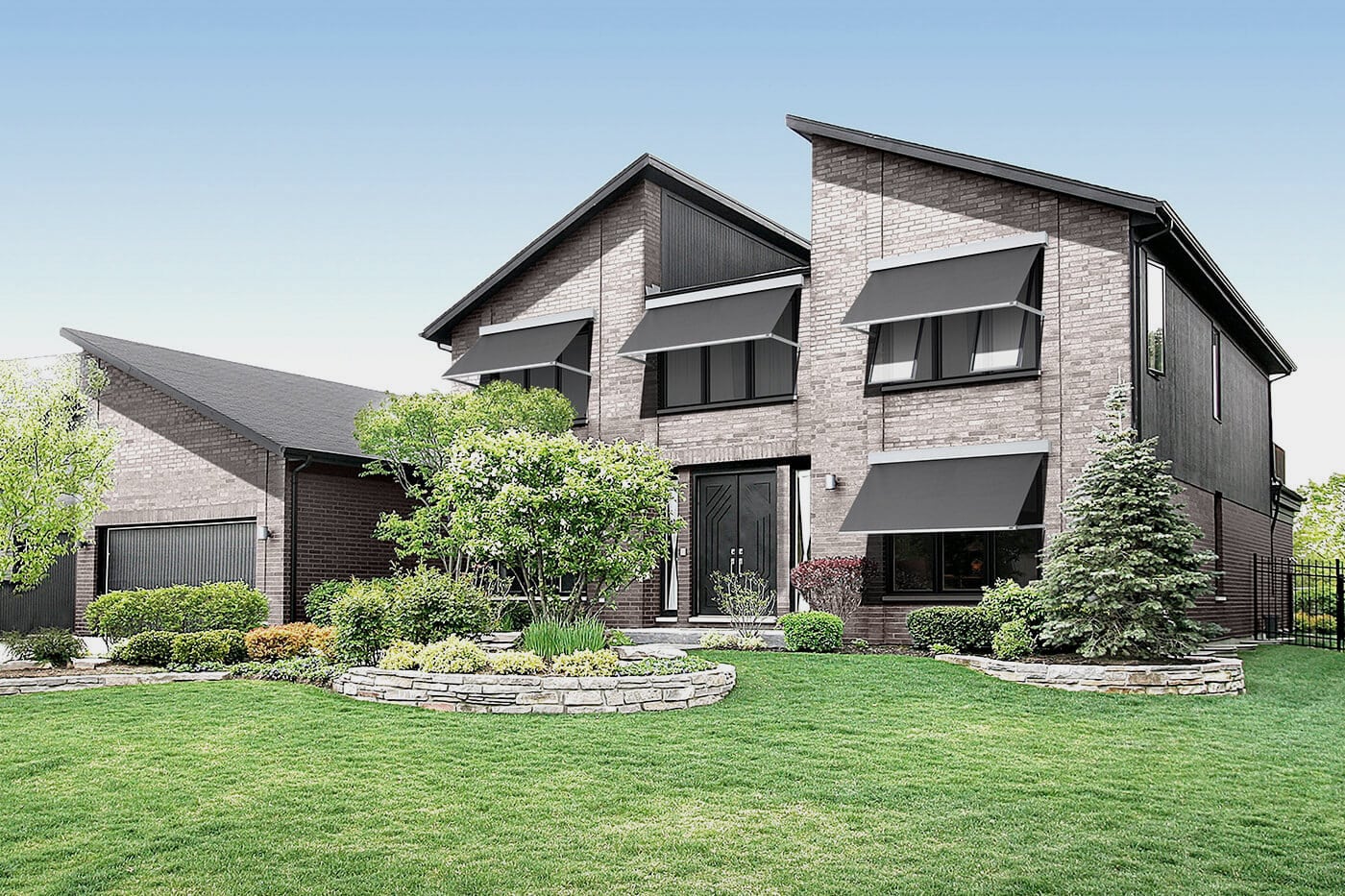
Awnings and Canopies: What Are the Differences?
Awnings and Canopies offer effective heat blockage and enhance outdoor comfort. With various options available, understanding their differences is key to selecting the ideal style for your home or outdoor space.
The 3 Main Differences Between Awnings and Canopies:
1. Function
An awning is typically fixed to a building, providing structure and stability, while a canopy, though sometimes attached, is often freestanding, offering versatility in placement. Both serve to extend outdoor spaces and offer climate control, shielding from sun or rain.
2. Design
Canopy awnings consist of a canopy stretched over a sturdy frame, providing robust support. In contrast, folding arm awnings utilize a lighter frame and rely more on the structure to which they are attached for support, with fabric stretched between framing on each end.
3. Size
Canopy awnings are ideal for covering large areas, offering over 100 square feet of coverage while folding arm awnings are better suited for smaller spaces due to their size and framing limitations.
Pro’s and Con’s?
However, each type also has its own drawbacks. Awnings and canopies serve different roles and come with distinct disadvantages. Folding Arm Awnings need a building attachment, which enhances their stability in severe weather. Conversely, Canopy awnings, if not adequately secured to the ground, can easily be lifted and overturned by strong wind gusts.
As evident, the choice that suits your needs hinges on various factors. Understanding your space requirements, whether you have a building for attachment or need placement where there are no nearby buildings, will determine the best option for you.
Regardless of the type of awning you require or your specific preferences, our team at Complete Blinds is here to assist you. With our extensive experience, we guarantee to provide you with the perfect awnings and canopies to meet your needs and ensure your satisfaction. Contact us today for expert guidance!
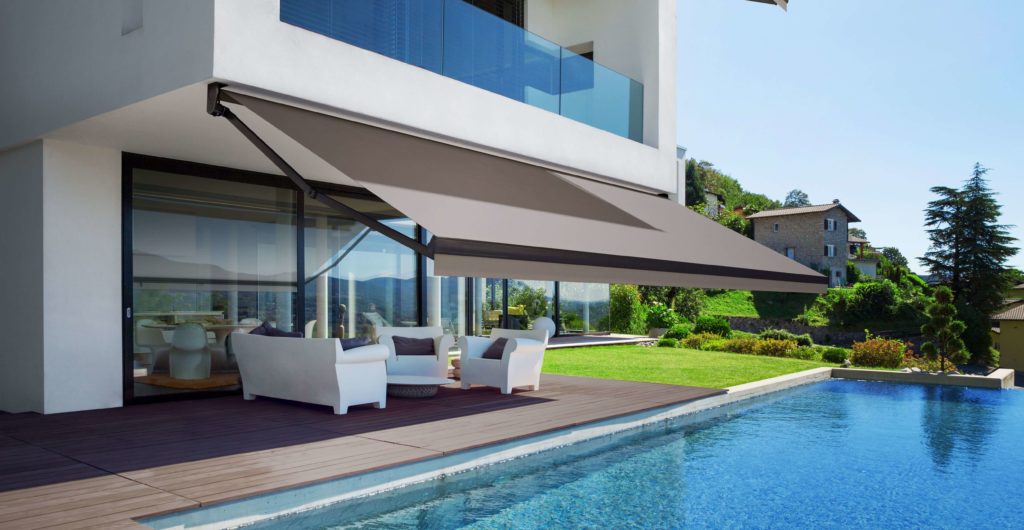
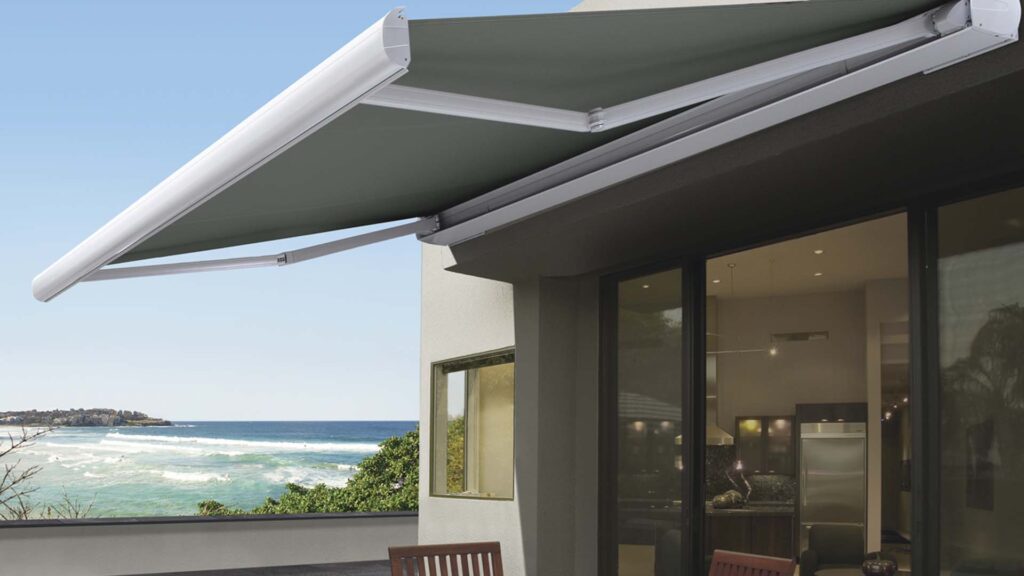
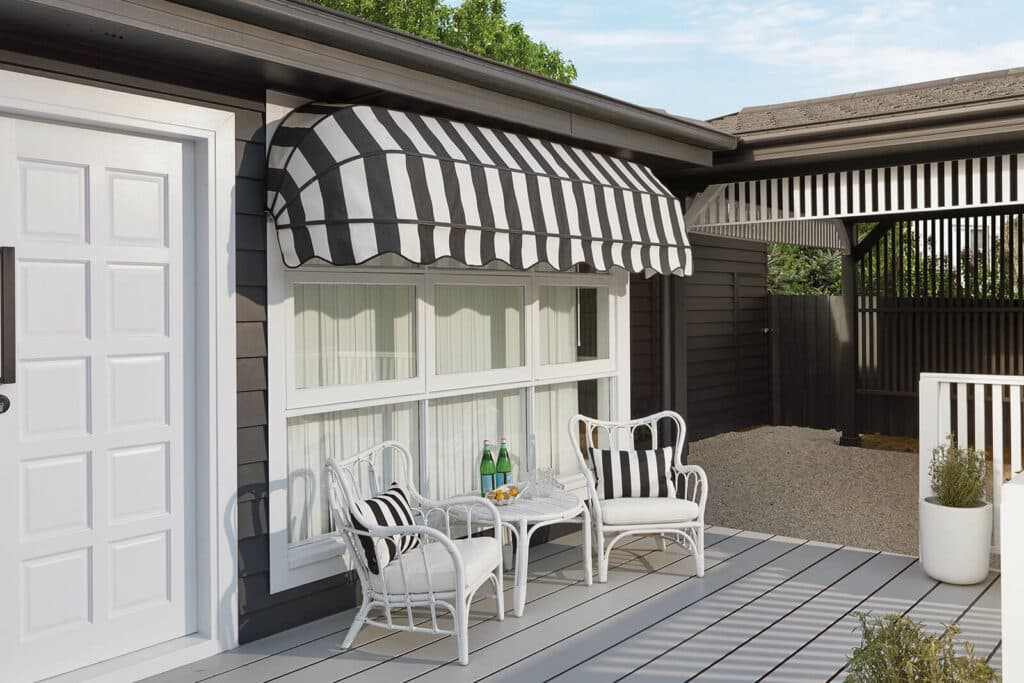
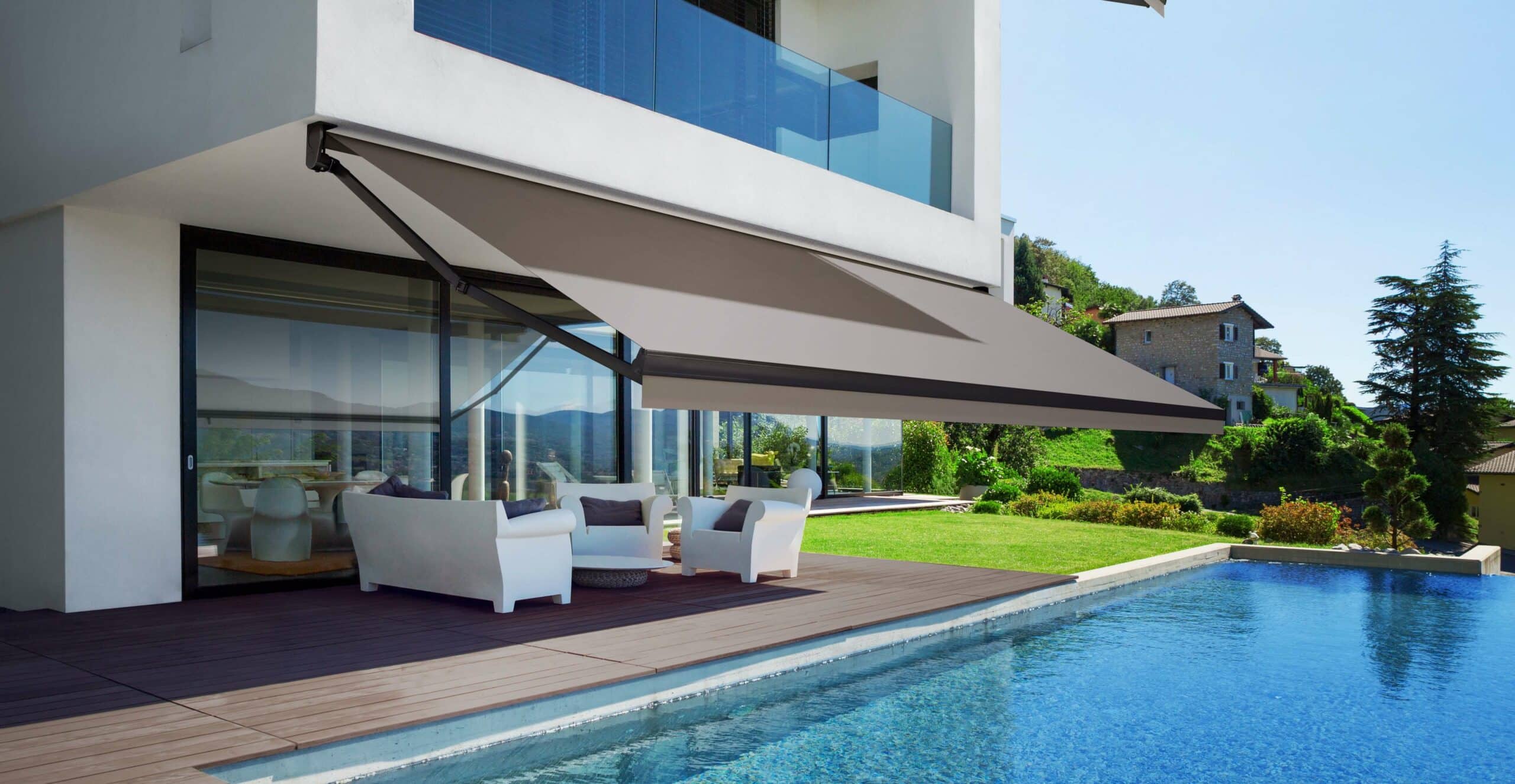

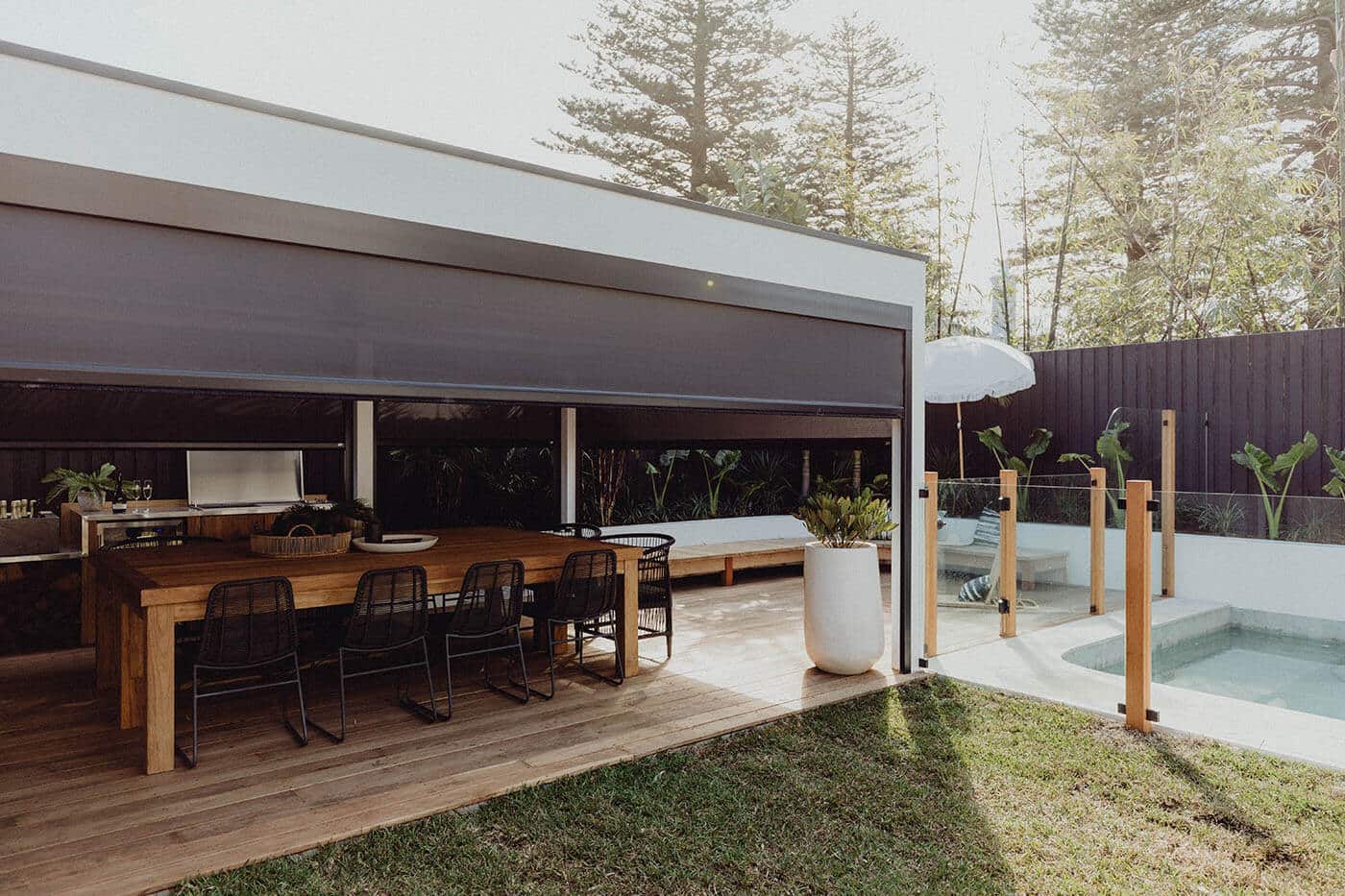
This Post Has 0 Comments